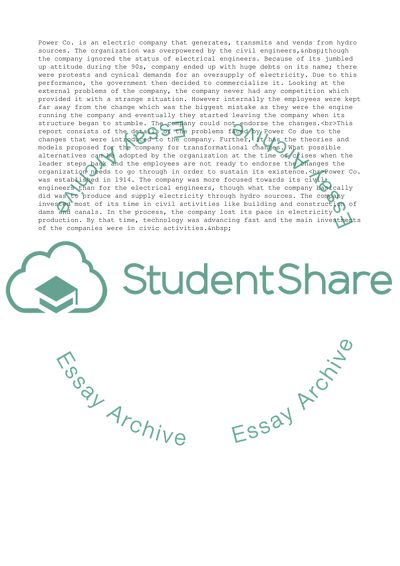Cite this document
(Organisational Change & Transition: a Case of Power Co Study, n.d.)
Organisational Change & Transition: a Case of Power Co Study. Retrieved from https://studentshare.org/business/1746273-organisational-change-transition
Organisational Change & Transition: a Case of Power Co Study. Retrieved from https://studentshare.org/business/1746273-organisational-change-transition
(Organisational Change & Transition: A Case of Power Co Study)
Organisational Change & Transition: A Case of Power Co Study. https://studentshare.org/business/1746273-organisational-change-transition.
Organisational Change & Transition: A Case of Power Co Study. https://studentshare.org/business/1746273-organisational-change-transition.
“Organisational Change & Transition: A Case of Power Co Study”, n.d. https://studentshare.org/business/1746273-organisational-change-transition.


